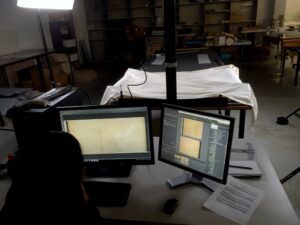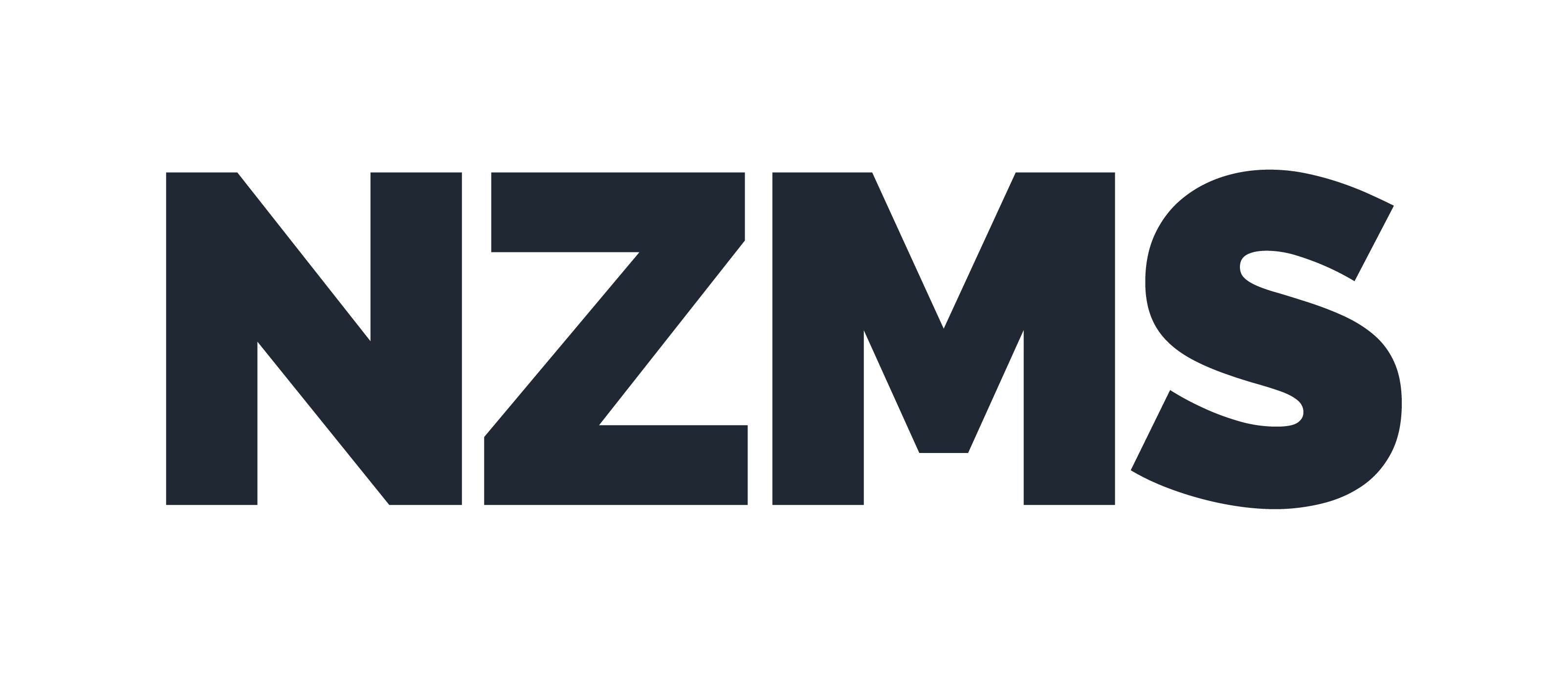NZMS were asked to provide a solution for the digitisation of very large two dimensional items, being primarily artwork and rolled maps. The largest item in the collection was 8 metres by 2 metres and many of the items were in a fragile state due to their age and composition of paper glued to linen. As historical items, the very large maps and other objects had undergone stress due to decades of being tightly rolled, this method of storage resulted in cracking, fly away pieces and fraying of the items. These items are important historical documents, and the fine detail of the maps remains relevant to various communities today, capturing the detail of the hand drawn maps and text was vital to the project. The complications presented by the items in this digitisation project meant NZMS had many considerations to include in the design and build process of this camera and rig.
Our initial approach considered whether the items could be attached to a wall by magnets or other fixtures and captured vertically by a camera on a tripod. This approach proved unsuitable due to the potential damage that could incur to the items in hanging them vertically and the requirement for fixtures that could sustain the weight of items whilst not damaging them. Due to the method in which the items had been stored, vertical capture also proved unsuitable as the damaged areas could not be safely flattened for capture.
The second approach NZMS considered was to capture the items fully opened on a flat surface with a camera positioned on a gantry above. A low bench or secure floor space needed to be designed in order to safely capture the items. As the camera and rig needed to be located at a specific location the size of the rig was limited by space. This approach proved unfeasible too, as there was not sufficient space for a rig of this design. The items being exposed opened up the potential for damage and the lighting proved inconsistent in generating high quality images, as a result this approach was abandoned.
Our final solution was to create a mobile capture rig at the location. The custom designed rig built by NZMS includes a waist level copy board wide enough for the shortest dimensions of the range of items to be capture, and deep enough to capture a single shot at 300ppi at 1:1. A lifting glass plate is used to flatten the item onto a foam topping placed over the copy board. An overhead gantry was used to position the camera at the right height to provide 300 ppi capture at 1:1 with lighting mounted to the camera to maintain consistent light relative to the camera lens and the copy board.

NZMS were able to custom design and build a rig to meet the requirements of the customer to enable the high resolution capture of very large items in a manner that enabled individual images to be stitched together with high accuracy. This rig will continue to used by NZMS for the capture of large format items and is able to be disassembled and moved around the country to service large format item capture.
NZMS are able to provide a full consultancy service to understand the project requirements and design a solution to best suit the project, whether it’s in-house digitisation, microfilm or 3D object capture, NZMS can provide trusted advice and secure and install the most appropriate equipment.
